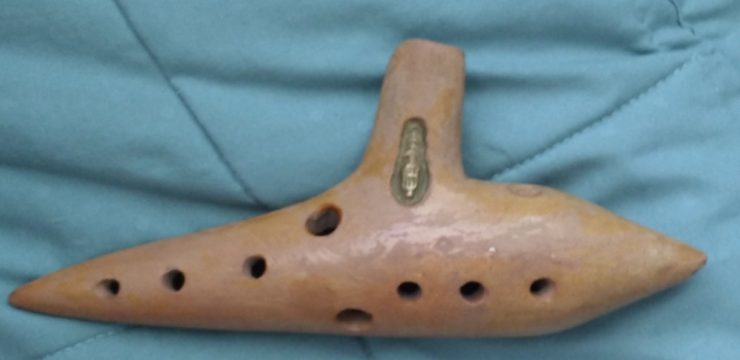If you’ve ever taken a moment to really examine your tires, you may have noticed small red and yellow dots stamped on the sidewalls. At first glance, they might seem like random markings or something left over from manufacturing. But those dots are actually quite intentional—and they play a much bigger role in your car’s performance than most people realize. They’re not there for decoration. These colored dots serve a very specific purpose related to tire balance and how the tire is mounted on your vehicle. Once you understand what they mean and how they work, you’ll never look at your tires the same way again.

Let’s start with the yellow dot. This dot represents the lightest point of the tire. Why does that matter? Because when it comes to mounting and balancing tires, achieving a smooth, even rotation is essential. Every tire and wheel has natural imperfections. The goal is to minimize those imperfections as much as possible to avoid vibrations and ensure a comfortable driving experience. The heaviest part of a wheel is typically the valve stem—the spot where you add air. So, when mounting the tire, aligning the yellow dot (the lightest point of the tire) with the valve stem (the heaviest point of the wheel) helps balance the assembly more naturally. This reduces the need for excessive counterweights during the balancing process and leads to a smoother, quieter ride.
Now, on to the red dot. This one signifies the highest point of radial force variation, which essentially means the flattest part of the tire. It’s a bit more technical, but equally important. Sometimes wheels are marked with a dimple, a painted dot, or another indicator to show the lowest point of the rim. When you align the red dot with that lowest spot, you’re ensuring the tire’s flattest area is paired with the wheel’s highest area. This helps create a more uniform shape when the tire is inflated and rolling down the road. If both red and yellow dots are present, and the wheel has a mark for high or low points, manufacturers typically recommend following the red dot positioning for best results.
Why is all this balancing so important? Because no tire or wheel is perfectly round or evenly weighted. Even the most precisely manufactured components still have slight variances. These tiny differences can lead to vibrations, irregular tire wear, and strain on your suspension system if not addressed. Balanced tires help ensure a smoother drive, longer tire life, better handling, and improved fuel efficiency. Plus, they reduce noise and make your entire ride more comfortable. So yes, those little dots actually contribute to a big difference in how your vehicle feels on the road.
Tires can also fall out of balance over time, even if they were mounted perfectly at the start. Regular driving leads to wear and tear, which can shift the weight distribution of the tire. Hitting potholes or driving over rough surfaces can also knock a tire out of balance. If you frequently carry heavy loads or have an unevenly loaded vehicle, that can throw off the balance too. Other culprits include damage to the tire—like bulges or punctures—and even improper tire mounting if the colored dots aren’t aligned correctly. When tires are unbalanced, you might feel vibrations through the steering wheel or seat, notice uneven tread wear, or hear unusual noises while driving.
Fortunately, regular tire maintenance, including checking and adjusting balance, can prevent these issues. If your tires ever feel off, or if it’s been a while since your last check, it’s smart to have a professional inspect and rebalance them. It’s a quick and relatively inexpensive service that can significantly improve your driving experience and protect your vehicle in the long run.
So, the next time you catch a glimpse of those mysterious red and yellow dots on your tires, remember—they’re not just some odd factory leftover. They’re part of a thoughtful system designed to help your car run more smoothly and efficiently. These tiny dots play a key role in tire alignment and balance, which translates to better safety, performance, and comfort for you as the driver. They’re a small but important detail that shows just how much precision goes into the everyday parts of your vehicle.





